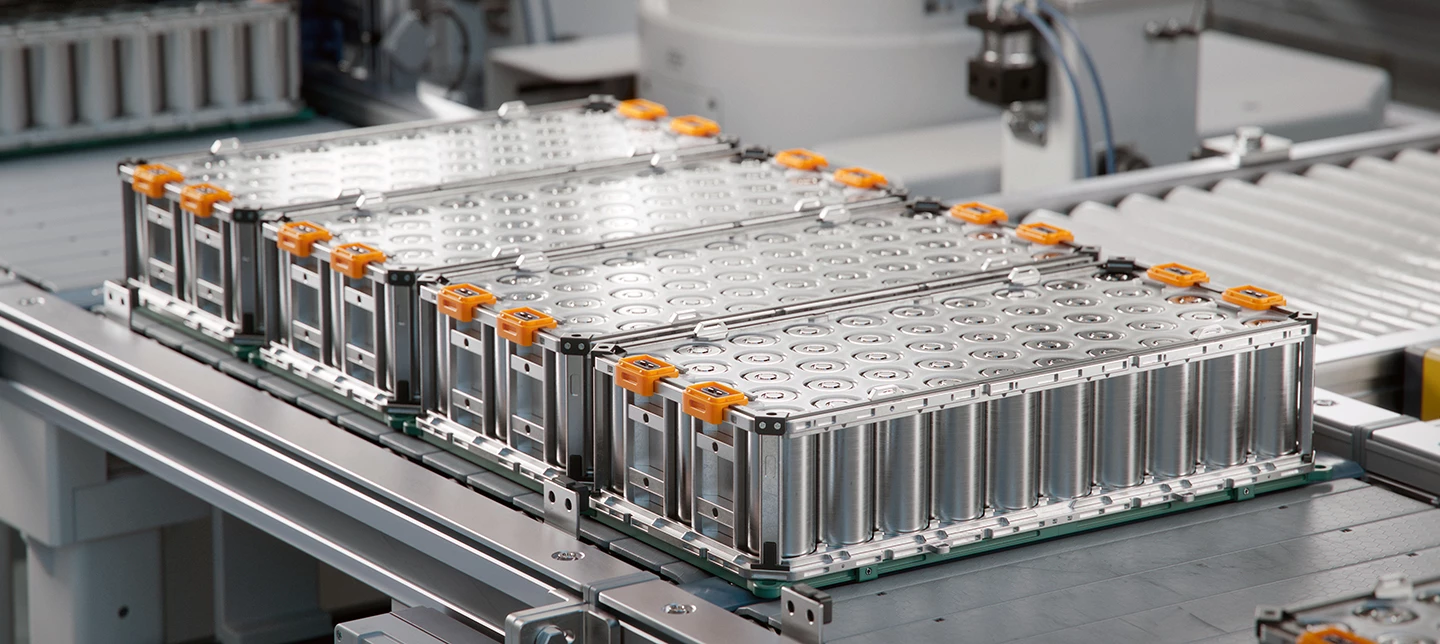You are aware of the fact that people like driving fuel-saving cars that do not pollute the environment. There are two things that concern most buyers, especially regarding the range of the car on a charge and the duration to charge the battery. Battery makers are currently striving to enhance two aspects.
Most Used Battery: Lithium-Ion
Currently, the majority of electric cars are powered by lithium-ion batteries. These are not very powerful and have a long duration. Nevertheless, there is also a certain limit to these batteries. As an example, they charge slowly and thus, they can only hold a given amount of power after which it becomes heavy or bulky. And, whether, as well, they become weaker when they are charged off a good many times.
New Developed Designs with Silicon-Based Anodes
The same battery has a negative side, known as the anode, and one of the recent concepts is that it should include silicon. A lot more lithium ions can be packed into silicon than into carbon previously. It permeates the fact that batteries are able to store more energy within the same size. Then, vehicles are able to travel farther without getting renewed. Other firms began producing such silicon anode batteries, and cars powered by them will become a reality shortly.
New Designs with Silicon Anodes
The largest EV battery transformation in the future is known as solid-state batteries. Normal batteries involve applying a liquid that is inside to aid the movement of lithium ions. But batteries made of solid material substitute the liquid with a solid material. This minor adjustment has a lot of positives:
- First, these batteries have the ability to store a huge amount of energy in a smaller space. That is, using 50% of the battery’s size can drive the car over the same range.
- Second, solid materials are difficult to extinguish once they catch fire. So these batteries are safer.
- Third, the batteries will have increased durability since they wear at a lower rate.
- And lastly, it will take less time to charge as the reduced resistance contained within the battery promotes faster movement of electricity.
A number of car manufacturers are developing solid-state batteries, and sales could begin in limited numbers as early as 2026-2028. However, with the improvements in 2025, these batteries will increasingly be a viable option.
Faster Charging Technology
The time of charge is quite relevant to EV users. Wait. The waiting hours to recharge a battery are not ideal. Battery manufacturers are also engaged in an endeavor to upgrade chargers and the reception of power by batteries.
There are new chargers that can provide considerably greater power with safety, and they can now be charged 80 percent in less than 15 minutes. Battery designs are also evolving such that they can be charged faster without breaking the battery.
For example, some Chinese companies demonstrated batteries that can gain 320 miles of range with just a 5-minute charge. This speed is close to the time it takes to refill a gas car’s tank.
Good heat management inside the battery also helps. When batteries get too hot while charging, their life gets shorter. So, new batteries use materials and designs that keep them cool.
Battery Materials and Environment
Another focus is on using materials that are safer for the environment and easier to get. Right now, batteries need metals like cobalt and nickel. These materials can be costly and hard to mine responsibly.
Some new batteries try to cut down how much cobalt they use or replace it with other materials like sulfur or sodium. These changes may also help reduce battery costs, making EVs cheaper and more popular.
Wireless and More Smart Charging
Future EVs might not need to use cables. Wireless charging mats can charge a car parked on them. It is slower now, but will improve soon.
Smart charging help,s too. It means using computer programs to charge a battery at the best time, and for example, charging more when electricity is cheaper or cleaner.
What Does This Mean for Drivers?
With all these changes, electric cars will feel more like regular cars soon. Drivers will not need to worry much about where to charge or how far they can go. They will recharge quickly for short trips or long drives.
Battery life will improve, so cars will last longer without losing power. Also, safer batteries will reduce risks.
In short, EV battery technology is moving fast. By improving how much energy batteries hold and how fast they charge, electric vehicles will work better for more people.

